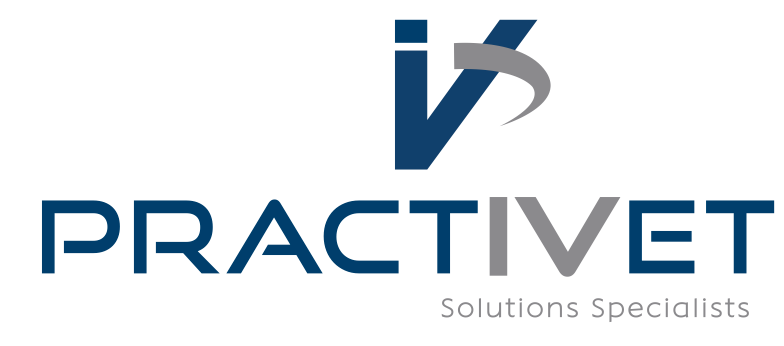By Jenny Cassibry Fisher, AS, RVT, VTS-oncology. Director of Education, PractiVet
Have you heard the term, Going Needle Free? Have you asked yourself, how is that even possible? Do you wonder what all the hype is about? Let me tell you…….
Veterinary professionals have many different safety topics that are common points of discussion. One safety topic that is widely under appreciated or even discussed in veterinary medicine are needle stick injuries and subsequent exposure, to chemicals, biological substances or even zoonotic diseases, associated with those needle sticks.
When I lecture on needle free technology, all my lectures start the same way. I ask the attendees, with a show of hands, how many of you have stuck yourself, or been stuck by someone else, with a needle within the veterinary practice? How many of you have been stuck more than once? Inevitably, every time, 100% of the people in the room, raise their hands. Do you think you are complacent about needle sticks? The next question is where folks really start to get it. By a show of hands, after you were stuck with a needle, did you immediately think, thank goodness I don’t work with people.
Just with a few simple questions, people begin to see, there is a problem, that they commonly don’t think is a big deal, and maybe its not, that ONE time you stick yourself. Years of chronic exposure to hazardous drugs, radiation and other chemicals have been associated with many different outcomes in human healthcare workers. Unfortunately, there is very little data on the specific exposure rates of needle sticks in veterinary medicine. Due to the non-existent data specific to vet med, it is necessary to rely on data from human healthcare exposure and incidents.
Needle free technology has been standard of care in human medicine since 2001. The needle stick safety and prevention act was found to directly impact the number of accidental needle sticks within the healthcare setting, following implementation of needle free devices. To change this perceived lack of concern with needle sticks, veterinary workers must first realize that needle stick injuries are an epidemic in the veterinary profession. Changing perception is never easy, especially when the economic impact of those changes are costly. Due to the high demand and reducing the number of needles and male adaptors, converting to needle free technology can save facilities time and money.
The Needle stick safety and prevention act states that human healthcare facilities must use safety devices, do not allow re-capping of needles and educating the healthcare members about all the benefits of this technology.
Although the reduction of needle stick injury is a main safety benefit from needle free technology, an additional benefit to reducing needles in the healthcare setting, is reducing the number of needles in the sharp’s container. Many facilities are charged for sharps by weight, which is directly correlated to the number of needles used within the hospital. Many times, needles are used as caps or just to prepare an injection from a multi-dose vial, then replacing with a new needle for injection into the patient. These needles cost the customer, at time of purchase AND at time of disposal. Reducing sharps waste can be a direct financial impact of going needle free. Many veterinary healthcare facilities aren’t aware of these additional benefits to needle free technology.
While needle free technology is a standard of care in human healthcare, in veterinary medicine, we are still working to adequately educate people on the many benefits of reducing needles in the veterinary hospital. Focusing on reducing sharps waste AND reducing needle stick injuries within the healthcare setting, will not only benefit the facility and the staff, but also the patients. If you have questions how your facility could benefit from utilizing needle free technology, reach out to one of the PractiVet team members today or email me directly, at Jenny@practivet.com
Resources Available Upon Request


